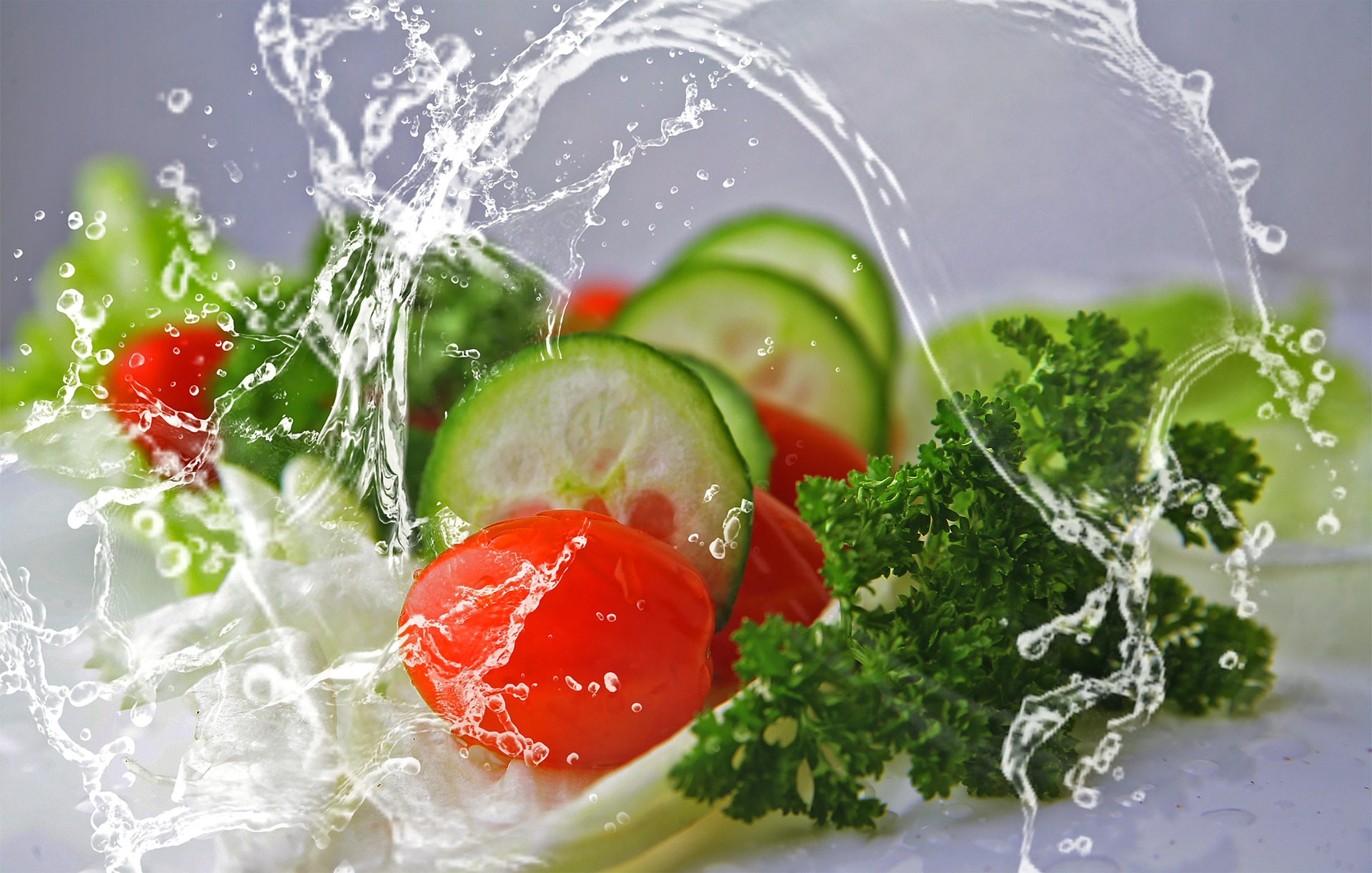L'augmentation of the value of the C reactive protein ou CRP often puts many patients on alert. It is indeed a marker of inflammation commonly measured by doctors. A significant increase in its value indicates the presence of an infection or inflammation somewhere. In this article, we will discuss about practical ways to lower CRP.
What is C-reactive protein? A few general things to know
We hear by CRP (abbreviation of English C-Reactive Protein) or C-reactive proteins, molecules that the liver synthesizes in the presence of inflammatory reactions inside the organism.
Poured into the blood, these proteins have the role of activating the reactions of the immune cells (white blood cells, etc.). This usually occurs after 6 hours from the start of the inflammatory reaction.
As the production of the CRP increases, inflammatory symptoms such as swelling, pain and warmth also appear.
The dosage of this protein is important because it makes it possible to assess the degree of inflammation within the body. This is an excellent way to diagnose certain pathologies, from the most banal (simple back pain) to the most serious, such as cancer, stroke, etc.
Attention, it is important to point out that the CRP assay does not explain the etiologies of inflammation. However, since the modification of the level of this protein takes place well before the onset of symptoms, this makes it possible to optimize care and treatment. As soon as the doctor notices a high CRP level in the patient, he can prescribe various tests to detect any existing diseases in the patient.
The higher the CRP, the greater the inflammation. For information, its normal value must be less than 10 milligrams per litre. However, if it exceeds the 3mg/l, we should be wary and consider lowering it. In addition, it should be noted that other factors can also influence the production of CRP. The most common are stress, depression, recent trauma, alcohol consumption, lack of sleep…
The best is to do the dosage frequently, by blood tests, to check (especially from the age of 30). Indeed, the earlier it is controlled, the easier it will be to manage the risks and consequences.
For more information, you can click here in order to consult the detailed article on all that concerns the CRP.
How to lower the level of C-reactive protein?
First of all, it is necessary to remember that inflammation is a normal and useful reaction for the body. It is part of the natural defense reactions to infections, lesions or other health problems.
On the other hand, if the inflammation persists, it could become problematic. Indeed, it causes the chronicity of pain, swelling and other symptoms.
Basically, in the long term, inflammation makes the body susceptible and vulnerable to disease. Moreover, a high value of the CRP increases the risk of other conditions, including heart disease. Hence the interest in lowering it.
Reduce CRP with medication
It is possible to decrease the level of this protein with medications like statins. In general, they are to be administered under medical prescription, which makes it essential to seek the advice of a doctor.
The problem with these drugs is that they can sometimes cause side effects (hyperglycemia, digestive disorders, etc.).
Reduce CRP with natural products
As an alternative or in support of medication, there are natural products who help reduce the body's level of C-reactive protein. They reduce inflammation.
- Le turmeric: rich in curcumin, consumed frequently, it significantly reduces the CRP level. Studies have shown very conclusive results in people who suffer from metabolic syndromes.
- Le Ginger: according to studies, eating ginger also reduces the CRP level.
- Plants rich in vitamin C (peppers, dandelion, etc.) boost the immune system and reduce the risk of inflammation.
Lower C-reactive protein levels through exercise
Physical exercises regulate the secretion of pro-inflammatory proteins. Indeed, they induce the secretion of interleukins (anti-inflammatory molecules) which will contribute to the drop in the level of CRP.
However, we must not exaggerate with sport at the risk of complicating the situation. The ideal is to do regular sessions of about 30 to 45 minutes, 5 days a week. Even the simplest exercises are effective, for example, cycling, swimming, walking, yoga, etc.
Decrease CRP with diet
Treating the increase in CRP with your diet consists of eating anti-inflammatory foods. It is also necessary to reduce the consumption of foods that promote inflammation, namely foods that are too fatty and too sweet. Among other things, a low carbohydrate diet such as the ketogenic diet (keto diet) is beneficial.
It is also advisable to adopt a healthy and balanced diet, rich in fiber, antioxidants and good fats (omega-3 contained in fish for example). Reduce the consumption of ultra-processed industrial products. On the contrary, it is necessary favor fruits and vegetables. By their richness in antioxidants and fiber, they promote the reduction of CRP in the blood.
Resources
Link between food and certain common pathologies:
Projects
https://www.lanutrition.fr/les-news/une-alimentation-riche-en-antioxydants-diminue-linflammation








